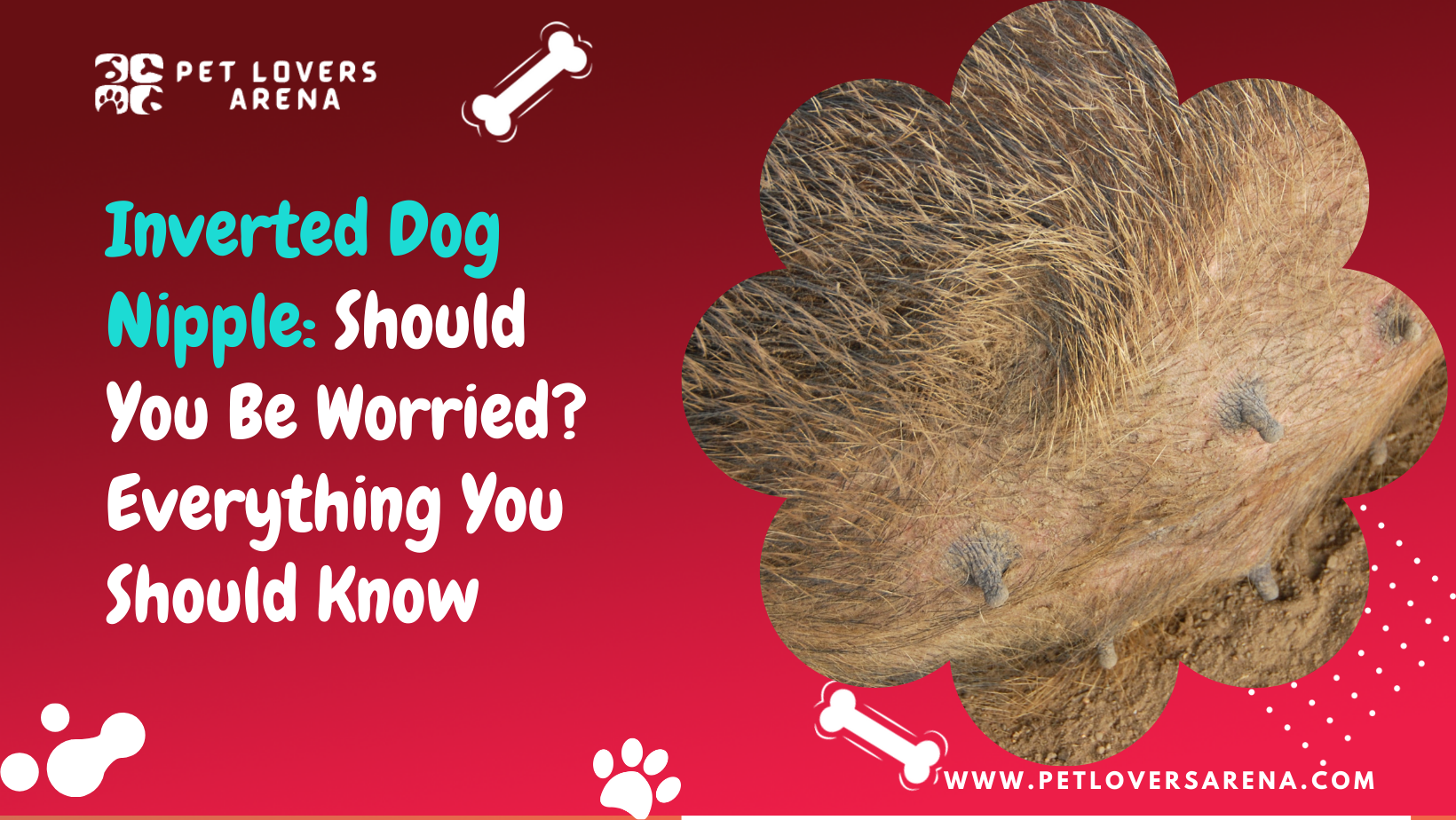You stroke the fur along your dog’s lower belly as you give him a belly rub, and you discover something you hadn’t seen before.
In place of your dog’s nipple, a little, darkish, flat hole appears.
You rapidly evaluate the cratered region with your hands as your mind is worried about it. Your dog has no pain or discomfort, and there are no apparent indications of swelling or redness.
When you realize what it is, you start thinking, “Should an inverted nipple in a dog be cause for concern?”
Dogs with inverted nipples are rather common. Your vet will probably ignore them if you take your dog to their clinic for this condition.
There’s nothing to worry about until the nipple seems inflamed or your dog exhibits additional symptoms.
What Causes Inverted Nipples in Dogs?
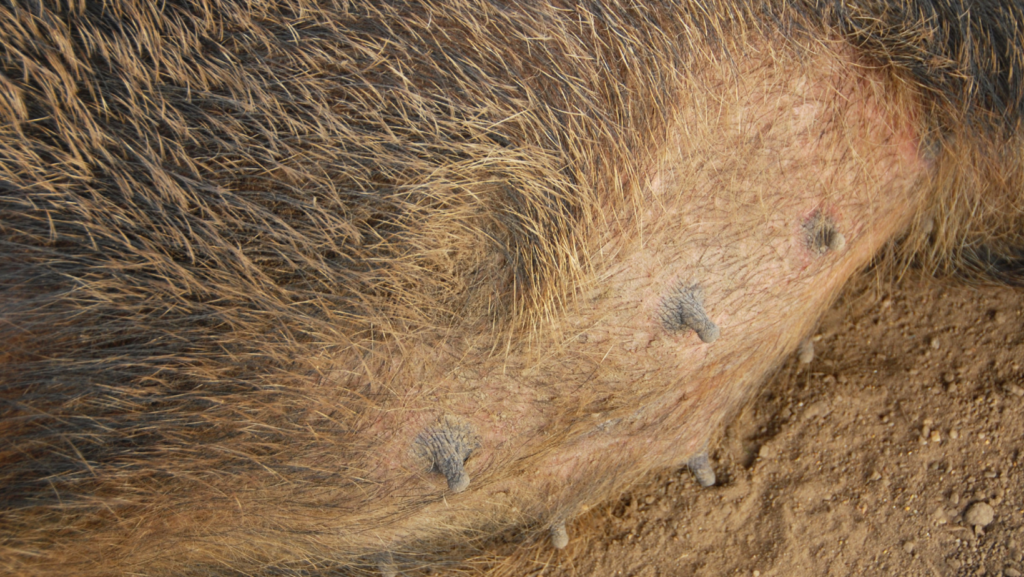
Inverted nipples are a natural development in many dogs when they reach adulthood, and they usually cause no distress to your pet. However, if your dog’s nipples appear inflamed, red, or otherwise unhealthy, get expert help to rule out the possibility of more serious issues.
Inverted nipples are a common phenomenon in both male and female dogs. But, they are more visible in nursing or pregnant dogs. As newborn puppies feed on milk from their mothers, the existence of inverted nipples might make nursing extra challenging.
Inverted nipples, like adult dogs with many nipples, are a distinctive feature of your dog’s physique. So relax—nothing there’s wrong with your dog naturally, and it doesn’t suffer as it has them, whereas other dogs don’t.
Because the nipples are sunken in, they serve as a conduit, allowing dirt and bacteria to accumulate more easily. Therefore, inverted nipples on dogs often get black or develop a lot of crusty, smelly build-up. In addition, when they’re not cleaned often and completely, they are more likely to become infected or develop a bacterial infection known as Mastitis.
If your dog is well into age and has recently grown upturned nipples, this is a physical alteration that should be closely monitored.
Is your dog behaving unusually recently in other ways? Have you seen any changes in your eating or toilet habits?
Does the nipple region have any puffiness, redness, or discharge? Are there any symptoms of bleeding or rashes that are spreading?
If you detect any of these signs, there might be something really serious going on within or around your dog’s body, such as hormone abnormalities, surface injuries, or infection.
The only way to find out what’s wrong with your dog is to get it examined by a veterinarian. The veterinarian will be able to do blood tests and collect cultures and samples from the region to identify if a dangerous organism is involved.
Then they will be able to provide your dog with the correct treatment to return to being its usual, healthy self soon.
What is the Treatment of Inverted Dog Nipples?
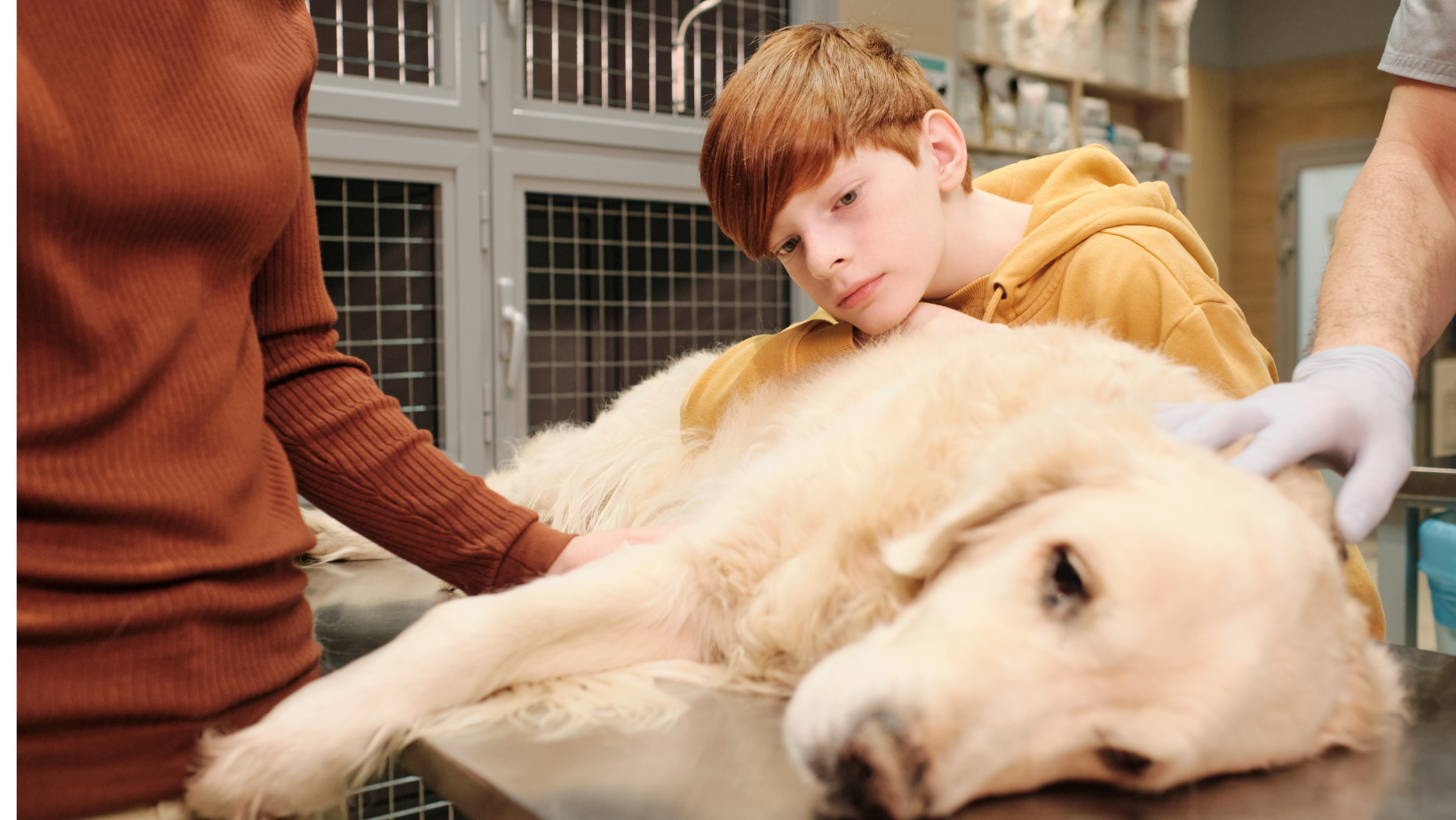
We do so much to keep our furry babies comfortable and happy as dog owners. Taking them on long walks, feeding them nourishing food, at times giving a treat, grooming, and a lot more. If your dog has inverted nipples, one more thing gets added up to your daily chores – cleaning their nipples. It is equally important as giving them a proper diet or grooming them.
If your dog’s nipples are naturally inverted, it’s necessary to clean them with a moist cloth or baby wipes regularly to avoid infection.
Maintaining a clean environment will assist in reducing sebum build-up and prevent dust and dirt from accumulating. It will also make your dog smell better by removing deeply buried muck.
While dogs can use their tongues to clean various portions of their bodies, their tongues are usually too big to reach within the comparatively small pockets of inverted nipples. As a result, human involvement is the only option to clear the region.
Although some canines aren’t bothered by the procedure, a good percentage will find it unpleasant. As you work to remove the gunk from their inverted nipples, they will most likely wriggle and try to run away.
While your dog is still young, it’s critical to get them acclimated to being handled everywhere. This will help you at the time when you need to rely on it for first-aid situations.
What is the Perfect Way to Clean Inverted Nipples?
Sebum, which is comparable to earwax, is the material that frequently gets lodged within a dog’s inverted nipples.
You could try and squeeze the region until all stuff comes out, then clean it well with a cotton bud.
When your dog’s nipples are inverted, its cleaning becomes a primary concern.
To prevent infections and diseases like Mastitis, clean these little places two to three times a month.
The reason inverted nipples need to be cleaned so frequently is that bacteria, as well as debris, dirt, and anything else your dog comes into contact with, accumulate inside those pockets over time.
If your dog comes into contact with something toxic that ends up trapped in their nipples, they may develop allergies and skin issues, and the danger of infection.
Understanding how to cleanse and care for inverted nipples properly may save you a great deal of money in medical bills in the future. But, most importantly, it can keep your dog in optimum health.
Bathing your dog would not be of any help since you’re merely washing the surface and not getting to the areas that need to be cleaned.
How to Prevent Infection in Your Dogs With Upturned Nipples?
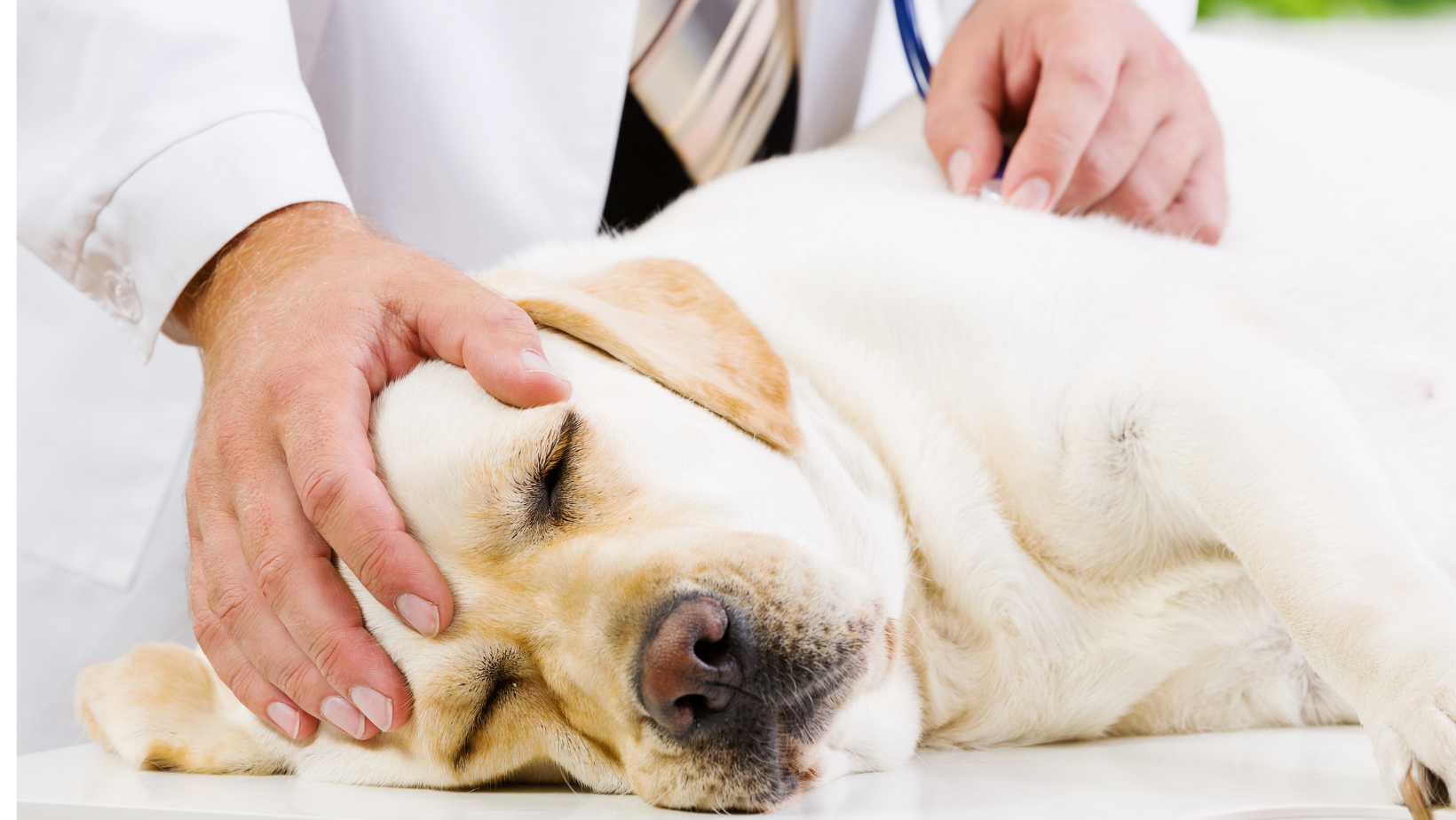
Even when you don’t clean them every day, it’s critical to examine the nipple’s condition at least once or twice a month.
It’s understandable that when grease, dust, and sand accumulate inside the pocket, the dog may feel uncomfortable. Unfortunately, this might lead to a lot of itching, leading to skin breakage and bleeding. This will only increase the danger of infection.
It’s a good idea to wipe the skin with either an antiseptic or antimicrobial solution or coconut oil after cleaning with water. Dissolved Epsom salts in water may also be used as a disinfectant; just ensure your dog will not lick it.
How to Ensure Puppies are Well-Nursed?
Female dogs who have not been spayed have completely grown nipples; however, a few of these nipples may be inverted. Although this is normally not an issue, it becomes one when they have pups.
Because of their inverted nipples, some puppies will be unable to feed themselves adequately, perhaps halting their development and even posing a life-threatening scenario.
When it’s time for feeding, there’s usually at least one dominating puppy in a litter, the one who forces their younger siblings and sisters away.
As a result, weaker puppies are often left out and may suffer from severe malnutrition.
You can do the following to ensure puppies don’t miss out on nutrition:
- Monitor nursing time to ensure that all pups have access to their mother and shift them carefully if you see that any are being neglected.
- Carefully move her to the opposite side if the mother is always lying on one side, blocking access to protruding nipples while revealing only the inverted ones.
- If the nipple isn’t coming out after pulling the skin around it, place the healthiest puppy on that nipple, which will effectively draw it out while nursing.
What is Mastitis?
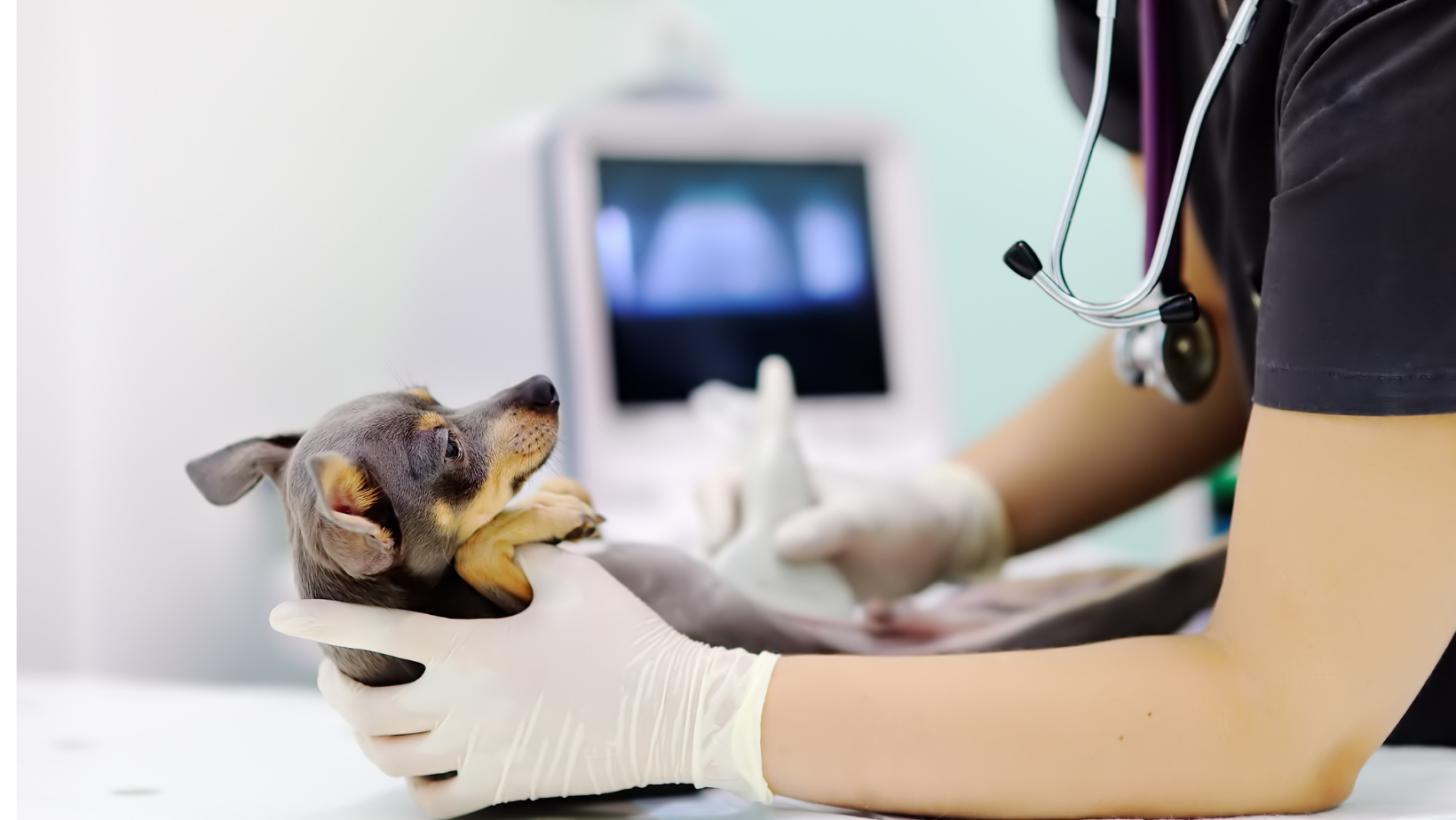
Inverted nipples can readily become a target for germs, resulting in dog nipple illnesses such as Mastitis if they are ignored.
The inflammation of the mammary glands is known as Mastitis. It affects nursing dogs commonly but can also affect male or spayed canines.
Mastitis is generally caused by a bacterial infection or damage to the region surrounding the nipple. It can escalate to life-threatening circumstances if left untreated.
Mastitis causes discomfort or suffering in dogs, and the infection can also be seen around the nipple area. The following are the most prevalent signs of Mastitis in dogs:
- Swollen or wounded nipples
- Leaking pus
- Vomiting
- Dehydration
- Fever
- Lethargy
- Refusal to eat or nurse puppies
There are treatments for this problem, but the outcome is highly dependent on how promptly the dog was detected and how severe the problem has grown.
Bottom Line
Inverted nipples are extremely common in dogs, despite their unusual appearance. It can affect males and females alike, but it is more obvious in nursing or pregnant dogs.
Inverted nipples are not detrimental if they are kept clean. Dirt, debris, and sebum can easily become caught inside the pocket due to the structure’s form. Infections can occur if it stays trapped for a longer time.
Mastitis, an infection that causes a lack of appetite, heat, and pus leakage, is one such infection that can occur. When a dog gets Mastitis, a veterinarian has to administer antibiotics to treat it.
Because infections may spread quickly, it’s critical that you don’t miss regular cleaning and properly clean each inverted nipple.
With timely cleaning, your dog’s inverted nipples will not be a problem for them or yourself.
Meet Madison Phillips, your compassionate guide to pet well-being. With experience from VCA Animal Hospitals and Laxton Vet Clinics Bellaire Inc. Madison honed her skills and embraced the balance of medical expertise and compassion, through her articles, she simplifies pet care, whether you’re a newbie or an experienced pet parent.

